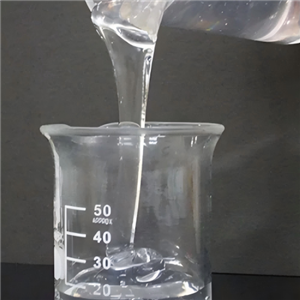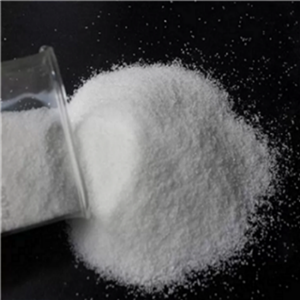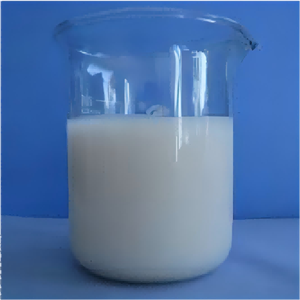Brief Description of the Advantages and Disadvantages of Producing Cationic Polyacrylamide by Copolymerization Method
Advantages: 1.Excellent product performance of cationic powder PAM: --Good flocculation property: It can efficiently adsorb and bridge with negatively charged colloids, suspended substances, organic matters, etc., forming larger flocs and accelerating sedimentation, with remarkable effects in sewage treatment and CPAM sludge dewatering. For example, using polyacrylamide powder for domestic water treatment , cationic powder PAM can quickly precipitate impurities in sewage and improve the purification effect of water. --High water solubility: Flocculant solid CPAM can dissolve quickly even in cold water, facilitating use and blending and conducive to rapid action in different application scenarios of powder CPAM flocculant. --Good stability: The structure of flocculant solid CPAM formed through copolymerization reaction is relatively stable and is not prone to degradation and other changes during storage and use, ensuring the performance stability of flocculant solid CPAM and service life of the cationic powder PAM. 2. Flexible production process: --Strong controllability: By choosing different cationic monomers, adjusting the proportion of monomers and reaction conditions, etc., the molecular weight and ion degree of powder CPAM flocculant can be precisely controlled to produce cationic powder PAM that meet different CPAM sludge dewatering application requirements. --Process diversity: Including various processes such as aqueous solution polymerization, emulsion polymerization (conventional emulsion polymerization, inverse emulsion polymerization, inverse microemulsion polymerization), precipitation polymerization and photoinitiated polymerization. The appropriate process can be selected based on production scale and cationic powder PAM product requirements. 3.High production efficiency: --Fast reaction speed: Under suitable initiators and reaction conditions, the copolymerization reaction can be completed in a relatively short time, improving production efficiency of powder CPAM flocculant. --Relatively simple equipment requirements: Compared to some complex chemical synthesis processes, the equipment required for the copolymerization method to produce flocculant solid CPAM is relatively simple, with lower investment costs and easier industrial production. --Environmental protection and energy conservation: Relatively less wastewater, waste gas and waste residue are generated during the production process of powder CPAM flocculant, causing
less pollution to the environment. At the same time, the reaction temperature is relatively low and
the energy consumption is also relatively low, meeting the requirements of energy conservation and environmental protection. Disadvantages: 1. Limited molecular weight: Compared to some other preparation methods (such as macromolecular side group modification method), it is more difficult to obtain higher molecular weight of flocculant solid CPAM by copolymerization method. Higher molecular weight flocculant solid CPAM has better performance using polyacrylamide powder for domestic water application scenarios, but the copolymerization method produced flocculant solid CPAM has certain limitations in this aspect. 2. Monomer residue problem: During the copolymerization reaction, there may be unreacted monomer residues. These residual monomers may have certain effects on the performance of the powder CPAM flocculant product. Moreover, if applied in fields such as water treatment, the residual monomers may pose potential hazards to the environment and human health. Therefore, strict post-treatment and quality inspection of the powder CPAM flocculant are required to ensure that the monomer residue meets the standards. 3. Sensitive to reaction conditions: The control of reaction conditions such as temperature, pH value, initiator dosage and stirring speed is highly demanding during the reaction process. If the reaction conditions are not properly controlled, it may lead to problems such as uneven molecular weight distribution and non-compliant ion degree of the product, thereby affecting the performance of the product.




